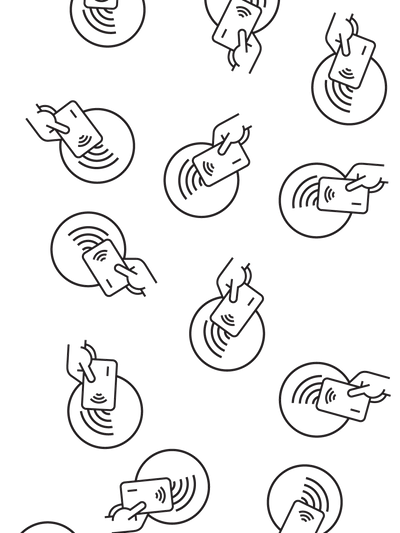BS EN 13637

BS EN 13637:2015 - ELECTRICALLY CONTROLLED EXIT SYSTEMS FOR USE ON ESCAPE ROUTES
- Designed for both Emergency and/or Panic situations
- An Electrically Controlled Exit System may be combined with mechanical
exit hardware – provided they have been tested to EN1125 or EN179 - Product allowed will be determined by Building Regulations and building usage
- Used on hinged or pivoted doors
- For a product to be able to claim a CE mark, the whole system must be tested
Three systems
- Grade 0 - Immediate release – No time delay
• Areas where panic situations may occur - Grade 1 - Single Time Delay • 0 to 15 seconds
• Areas where security must be considered
• Used in supermarkets to prevent goods being stolen - Grade 2 - Double Time Delay • Additional 15 – 180 seconds • Only allowed with a CMC
• Used at airports
• Controls members of the public
• Retains terrorists / thieves
• Stop public entering danger area
Testing systems
Products tested to EN1125 - Touch Bar / Push Bar
Product tested to EN179 - Lever Handle / Push Pad
Other products - RTE / Infrared-Beams / Pressure Pad / Push Pull Handle with Magnet etc.
Digit 2 - Durability
Thirteen grades are identified with minimum figures for deadbolt operation (manual, automatic and electrical) and latch bolt operation (with and without side load) as shown.
Digit 3 - Door mass and closing force
Nine grades are identified with maximum figures for closing force at various door masses as shown.
Note: closing force is from a standing start: i.e. fully extended latch bolt in contact with striking plate at start of test.
Digit 4 - Suitability for use on fire/smoke doors
Seven grades are identified in ascending order of smoke/fire resistance as shown:
Grade 0 - No requirement (not intended for use on fire/smoke doors)
Grade A - Suitable for use on smoke door assemblies only
Grade B - Suitable for use on smoke/fire door assemblies (> 15 minutes)
Grade C - Suitable for use on smoke/fire door assemblies (> 30 minutes)
Grade D - Suitable for use on smoke/fire door assemblies (> 60 minutes)
Grade E - Suitable for use on smoke/fire door assemblies (> 90 minutes)
Grade F - Suitable for use on smoke/fire door assemblies (> 120 minutes)
Digit 5 - Safety
No requirement, but note: an electromechanically operated lock or striking plate conforming to this standard can, at the same time, also be part of an exit device conforming to EN 179 or EN 1125, or part of an exit system conforming to prEN 13633 or prEN 13637.
Digit 6 - Corrosion resistance
Fifteen grades are identified with neutral salt-spray (NSS) corrosion resistance grades from EN 1670:1998, and with temperature and humidity resistance requirements as shown.
Digit 7 - Security
Seven grades are identified with minimum figures for requirements relating to physical attack. Principal requirements are shown below.
Digit 8 - Security - Electrical Function
Two grades are identified according to whether or not there is status indication as follows:
Grade 0 No status indication
Grade 1 Audio or visual signal from lock to indicate that deadbolt is fully thrown and deadlocked
Digit 9 - Security – electrical manipulation
Four grades are identified indicating required levels of resistance to various forms of manipulation and interference as shown:
Copyright © 2021 Mekatron General Trading - All Rights Reserved.